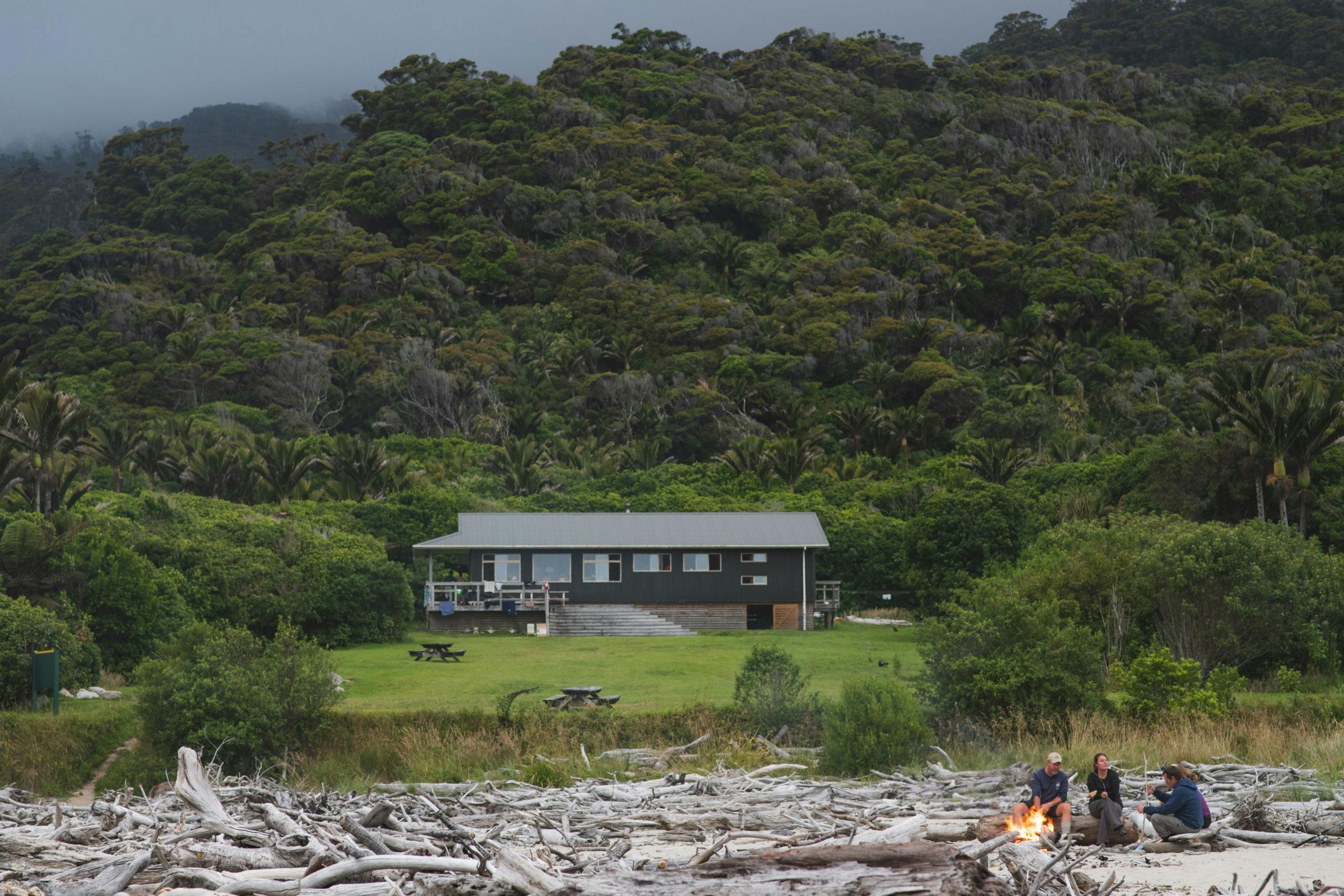A wrap of the biggest stories and best writing about the outdoors from New Zealand and around the world.
Wild weather has damaged and closed a number of tracks in the upper South Island.
Among the closed tracks is the Heaphy Track and Abel Tasman Coast Track Great Walks and the Queen Charlotte Track.
DOC’s Mark Davies reported considerable storm damage between Kohaihai and Heaphy Hut on the Heaphy.
“We’re not able to say yet how long the track might be closed. We are making repair work on the Great Walk a priority given its popularity for mountain biking at this time of year.”
The Paparoa Track was also closed between Smoke-ho car park and Pororari Hut, but rangers have since cleared the fallen trees and the track has reopened.
People with hut bookings will be contacted by DOC to offer refunds or change dates.
Read more details here.
Kauri dieback not a recent pathogen, study shows
New kauri dieback research suggests the pathogen has been here for at least 300 years, NZ Herald reports.
Study leader Dr Richard Winkworth said the pathogen was thought to be a recent visitor to the country, but the theory had never been tested.
“The idea has, however, become ingrained in the research strategy, management actions, and, ultimately, public perception,” he said.
The research team completed genome sequencing on 16 collections of the pathogen to calculate the last common ancestor.
Their findings suggest the pathogen has been diversifying here for 300 years, but it must have arrived earlier.
“Data available for related species puts an upper limit on the arrival at perhaps several thousand years,” he said.
No decision to rebuild burned down Taranaki hut
Ten months on and no decision has been made on whether Lake Dive Hut on Taranaki Mounga will be replaced.
The popular tramping hut was integral to the multi-day Around the Mountain Circuit, but was accidentally burned down in September last year.
“We’re looking at a range of aspects such as visitor usage, the overall hut network within Te Papakura ō Taranaki/Egmont National Park, and the cost,” DOC’s Gareth Hopkins said.
“The hut is in a beautiful location, but we need to consider how any rebuild fits into the broader visitor strategy for the park.”
Toilet facilities and campsites are still available at the site of the hut.
Read the full story here.
Not all native birds thrive in pest-free environment
A new study has revealed the winners and losers of a predator-free New Zealand.
According to the study by Te Papa and DOC researchers, once predators have been eradicated, some bird species will flourish and others may decline due to competition.
“It is already being observed on a small scale in sanctuaries and on islands where pests have been eliminated or suppressed,” writes Stuff’s Peter Griffin.
The study looked at bird surveys taken on islands in Breaksea and Dusky Sounds between 1974 and 2019.
It was found that South Island robins and kākā do very well after pest eradications, but the numbers of kererū, tomtit and grey warbler declined.
Fastest known time record for PCT
An ultrarunner has possibly nabbed the fastest known time (FKT) on the 4263km Pacific Crest Trail.
Timothy Olson averaged more than 80km a day to complete the trail in 51 days, 16 hours, and 55 minutes, though his official time is yet to be confirmed.
The trail saw him gain and descend more than 121,000m, often at alpine altitudes.
Olson wore a GPS tracker during his attempt, and if his time is confirmed, he will have broken the previous FKT by nearly 24 hours.
“The record comparison is complicated by the fact that trail adjustments, closures, and above all, seasonal wildfires, mean that the Pacific Crest Trail varies in route and length every year,” writes Taylor Gee for Outside magazine.
“This means that Olson, along with every thru-hiker, had to improvise: at least once, Olson ran up to a trail closure, turned around, ran back to a trailhead, and was driven to the other side of the closure.”







